Laurencin’s International Accolades and Research Objectives Grow, Earns National Medal of Technology and Innovation
/In mid-2011, it was announced that after three years at the helm, Dr. Cato T. Laurencin would step down as vice president for health affairs and dean of the University of Connecticut School of Medicine on July 1 of that year. Laurencin, it was said, would continue conducting research, mentoring and providing clinical care. In the four and a half years since, it would seem that stepping down was the best thing that could ever have happened for Laurencin, and UConn.
It was announced last week by the White House that Laurencin will receive the National Medal of Technology and Innovation from President Barack Obama next year. The award is the nation's highest honor for technological achievement that is bestowed by the president on America's leading innovators.
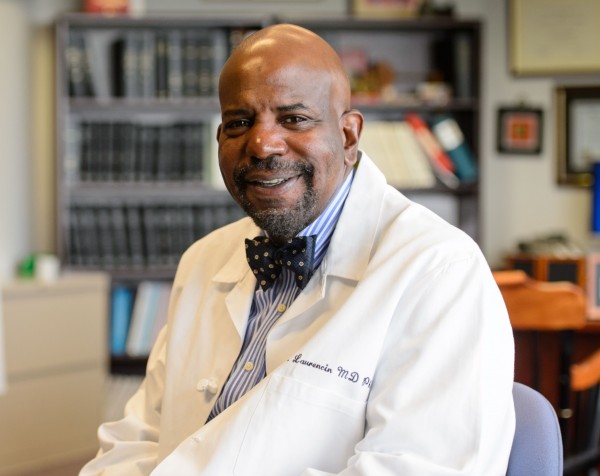 The news came just weeks after it was announced that Laurencin is the recipient of the 2016 Founders Award, the highest honor of The Society For Biomaterials. He will be honored at the 2016 World Biomaterials Congress in Montreal, Canada on May 18, 2016.
The news came just weeks after it was announced that Laurencin is the recipient of the 2016 Founders Award, the highest honor of The Society For Biomaterials. He will be honored at the 2016 World Biomaterials Congress in Montreal, Canada on May 18, 2016.
Laurencin is a world-renowned surgeon-scientist in orthopaedic surgery, engineering, and materials science, and is known as a pioneer of the field of regenerative engineering, UConn said in announcing the award. He has made fundamental contributions in polymeric materials science and engineering, and nanotechnology. His research successes have included the growth and regeneration of bone, ligaments and other musculoskeletal tissues.
In November, UConn announced the launch of a new grand research challenge: regeneration of a human knee within seven years, and an entire limb within 15 years. This major international research undertaking, called The HEAL Project, stands for Hartford Engineering A Limb. It is the brainchild of Cato T. Laurencin, whose laboratory research successes include the growth of bone and knee ligaments.
For the project, Laurencin is teaming with other top tissue engineering, regenerative medicine, and bioengineering experts dedicated to the mission of advancing the fields and developing future therapies for patients living with musculoskeletal defects or who have limb injury or loss. HEAL’s other research investigators include Professors Lakshmi Nair and Yusuf Khan of UConn, Professor David M. Gardiner of UC Irvine, professors at Harvard University, Columbia University, and Sastra University in India.
Earlier this fall, Laurencin was elected a Foreign Fellow of the National Academy of Sciences in India. He is one of only two 2015 Foreign Fellows elected, and the first from the University of Connecticut and UConn Health Center. Laurencin was honored by India’s National Academy of Sciences “for his pioneering work in the field of material sciences.” He was recognized as a world leader in polymer-ceramic composites, and recognized for his contributions in tissue generation and bioengineering.
He was also one of select group of research scientists from around the world to be named this year to be a foreign member of the Chinese Academy of Engineering (CAE), one of the most prestigious academic institutions in China. He was named among a group of foreign members that include five Americans, one Briton, one Canadian and one Austrian, bringing CAE's foreign members to 49.
Laurencin is a professor of chemical and biomolecular engineering; professor of materials science and engineering; and professor of biomedical engineering at UConn. He is also the chief executive officer of the Connecticut Institute for Clinical and Translational Science (CICATS), UConn's cross-university translational science institute.
At UConn Health, he is director of the Institute for Regenerative Engineering; the Albert and Wilda Van Dusen Distinguished Professor of Orthopaedic Surgery; and director of The Raymond and Beverly Sackler Center for Biomedical, Biological, Physical, and Engineering Sciences.
Laurencin previously received the Presidential Faculty Fellow Award from President Bill Clinton for his work bridging engineering and medicine, and the Presidential Award for Excellence in Science, Math, and Engineering Mentoring from President Obama.
“Science and technology are fundamental to solving some of our Nation’s biggest challenges,” President Obama said. “The knowledge produced by these Americans today will carry our country’s legacy of innovation forward and continue to help countless others around the world. Their work is a testament to American ingenuity.” Established by the Stevenson-Wydler Technology Innovation Act of 1980, the medal was first awarded in 1985.
Joel D. Bumgardner, chair of the Awards Committee of The Society For Biomaterials said, “Dr. Cato Laurencin has become a world leader in nanomaterials, and tissue engineering, working across the spectrum from establishing basic science and biomaterial properties to translating discoveries into clinical practice. Also, his work has led to the development of a new area called regenerative engineering. This emerging area builds on and synergizes principles in biomaterials engineering and stem cell/developmental biology to formulate new paradigms for effective repair/regeneration of diseased/damaged tissues.
Bumgardner also noted Laurencin’s mentorship of young faculty and students – “a legacy that will have a significant and long-ranging impact in the broad biomaterials community.”


 The APNA Annual Conference delivers more than 100 varied educational sessions and invaluable networking opportunities to the more than a thousand psychiatric-mental health RNs and APRNs who attend each year. The organization has more than 10,000 members nationwide.
The APNA Annual Conference delivers more than 100 varied educational sessions and invaluable networking opportunities to the more than a thousand psychiatric-mental health RNs and APRNs who attend each year. The organization has more than 10,000 members nationwide.
 In Florida last month, more than 1,800 attendees were on hand for a program “packed with psychiatric-mental networking, updates, and continuing education targeted to psychiatric-mental health nurses.” Session recordings from the Annual Conferences are made available in the APNA eLearning Center in podcast form, along with up-to-date session slides and other relevant materials.
In Florida last month, more than 1,800 attendees were on hand for a program “packed with psychiatric-mental networking, updates, and continuing education targeted to psychiatric-mental health nurses.” Session recordings from the Annual Conferences are made available in the APNA eLearning Center in podcast form, along with up-to-date session slides and other relevant materials.
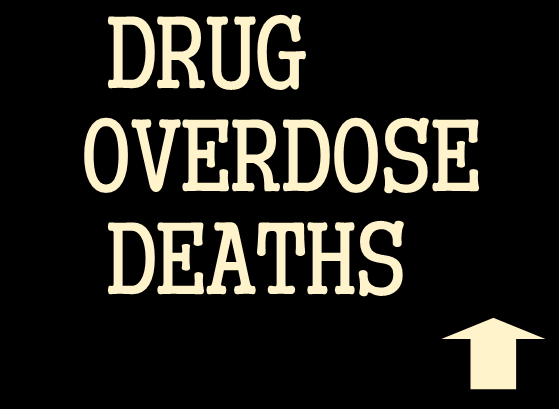 In Connecticut, the average rate between 1999 and 2001 was 4.1 per 100,000. Between 2010 and 2013, the drug overdose rate had risen to 8.3, above the national aver
In Connecticut, the average rate between 1999 and 2001 was 4.1 per 100,000. Between 2010 and 2013, the drug overdose rate had risen to 8.3, above the national aver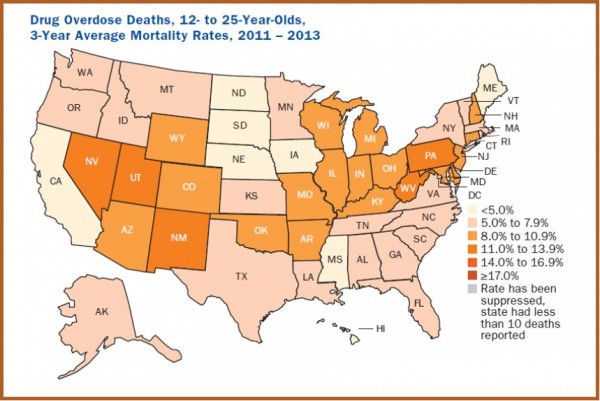 age but unchanged from a previous three-year period, 2005-2007. The data was compiled from the Centers for Disease Control and Prevention. Males are 2.5 times as likely to overdose as females (10.4 vs. 4.1 per 100,000), according to the report.
age but unchanged from a previous three-year period, 2005-2007. The data was compiled from the Centers for Disease Control and Prevention. Males are 2.5 times as likely to overdose as females (10.4 vs. 4.1 per 100,000), according to the report.
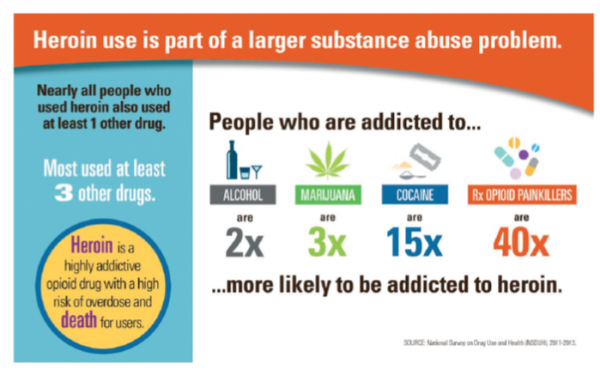 s to help practitioners identify potential abuse that leads to over prescribing by requiring them to check patient history to verify if patients seeking certain prescriptions have recently received these medications from multiple other prescribers or pharmacists.
s to help practitioners identify potential abuse that leads to over prescribing by requiring them to check patient history to verify if patients seeking certain prescriptions have recently received these medications from multiple other prescribers or pharmacists.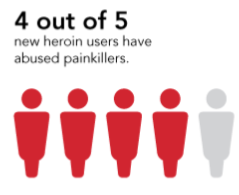


 Instead,
Instead,  l bus injuries in the U.S. every year — two to three times National Highway Traffic Safety Administration estimates, which use only a sampling of data and exclude field trips like the one on which Vikas Parikh died. Seat belts work best in rollover and side-impact collisions in which students are thrown out of their seats, as Vikas was. The American Academy of Pediatrics supports restraints on buses.”
l bus injuries in the U.S. every year — two to three times National Highway Traffic Safety Administration estimates, which use only a sampling of data and exclude field trips like the one on which Vikas Parikh died. Seat belts work best in rollover and side-impact collisions in which students are thrown out of their seats, as Vikas was. The American Academy of Pediatrics supports restraints on buses.”
 In
In 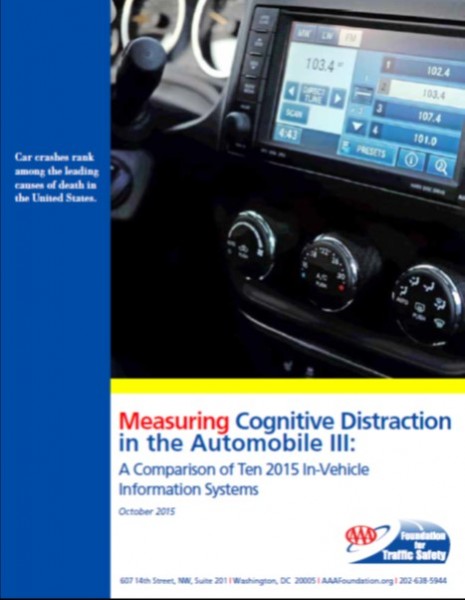

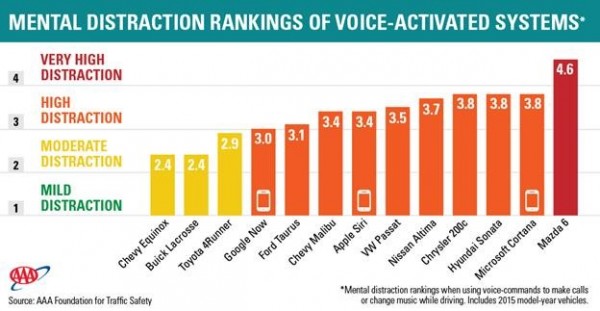
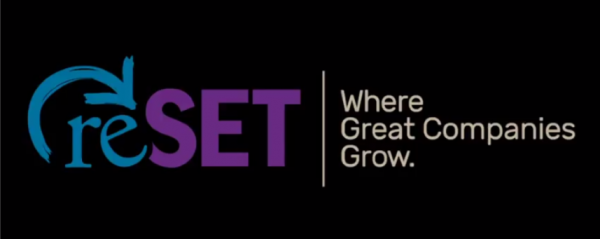
 sustainable lifestyle beverate brand for teens and tweens. The company's goal is to inspire young people to realize the power of consumer choices to effect social and environmental change.
sustainable lifestyle beverate brand for teens and tweens. The company's goal is to inspire young people to realize the power of consumer choices to effect social and environmental change.
 The five awards judges - Sherrell Dorsey of Uber and Triple Pundit, Adam Dotson of Ironwood Capital, Claire Leonardi, an advisor to reSET's Social Enterprise Investment Fund and former CEO of Connnecticut Innovations, Anthony Price of LootScout and Paul Witinski of Ironwood Capital - narrowed down more than 100 applicants to 12 honorees. The People’s Choice winner was selected via more than 1,800 online votes.
The five awards judges - Sherrell Dorsey of Uber and Triple Pundit, Adam Dotson of Ironwood Capital, Claire Leonardi, an advisor to reSET's Social Enterprise Investment Fund and former CEO of Connnecticut Innovations, Anthony Price of LootScout and Paul Witinski of Ironwood Capital - narrowed down more than 100 applicants to 12 honorees. The People’s Choice winner was selected via more than 1,800 online votes.

 The organization is driven by volunteers – food donors, food runners and partner agencies. One such agency in Connecticut is the Manchester Area Conference of Churches, which indicates there are 8,000 food-insecure people in the greater Manchester area.
The organization is driven by volunteers – food donors, food runners and partner agencies. One such agency in Connecticut is the Manchester Area Conference of Churches, which indicates there are 8,000 food-insecure people in the greater Manchester area.

 Medical technology creates more than two million jobs directly and indirectly across the United States. The industry is one of the few U.S. manufacturing sectors that is a net exporter, and its innovations help reduce the human and economic burden of chronic disease. Industry officials point out that while U.S. leads the world in the development of new medical technology, the device tax “threatens that leadership.”
Medical technology creates more than two million jobs directly and indirectly across the United States. The industry is one of the few U.S. manufacturing sectors that is a net exporter, and its innovations help reduce the human and economic burden of chronic disease. Industry officials point out that while U.S. leads the world in the development of new medical technology, the device tax “threatens that leadership.”



 Officials cite studies that show many abused prescription drugs are obtained from family and friends, including from the home medicine cabinet. In addition, manyAmericans do not know how to properly dispose of their unused medicine, often flushing them down the toilet or throwing them away – both potential safety and health hazards.
Officials cite studies that show many abused prescription drugs are obtained from family and friends, including from the home medicine cabinet. In addition, manyAmericans do not know how to properly dispose of their unused medicine, often flushing them down the toilet or throwing them away – both potential safety and health hazards.



























